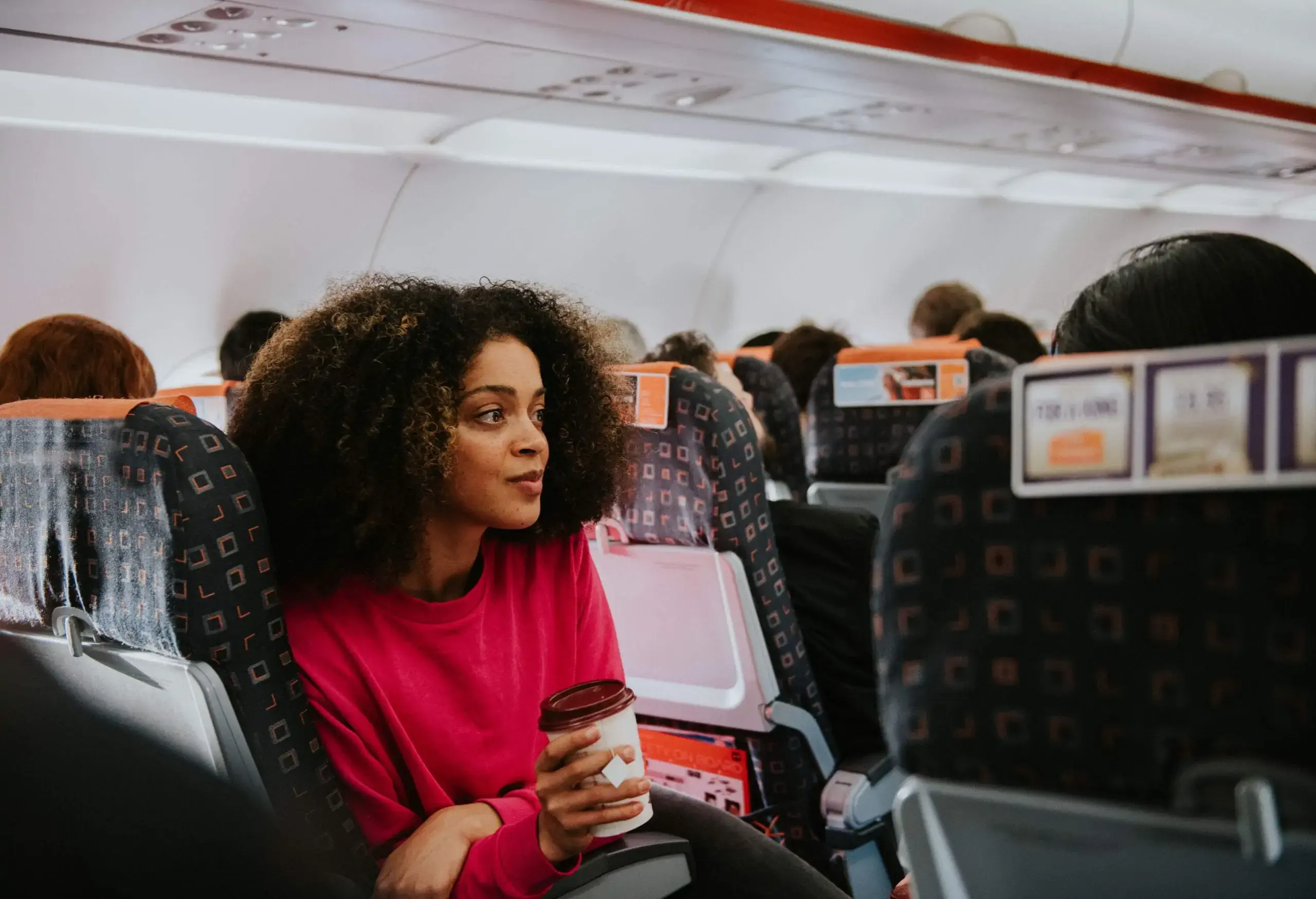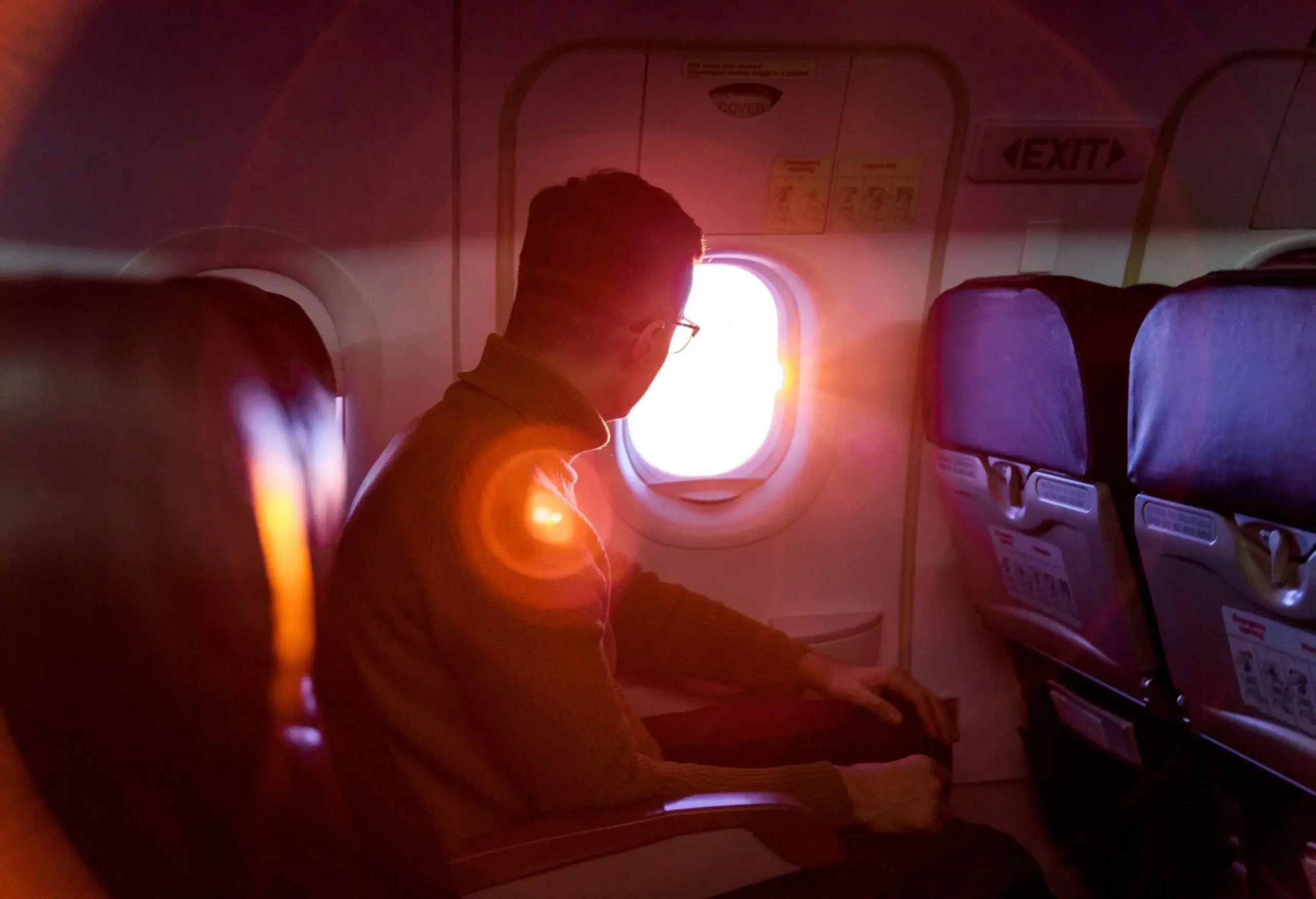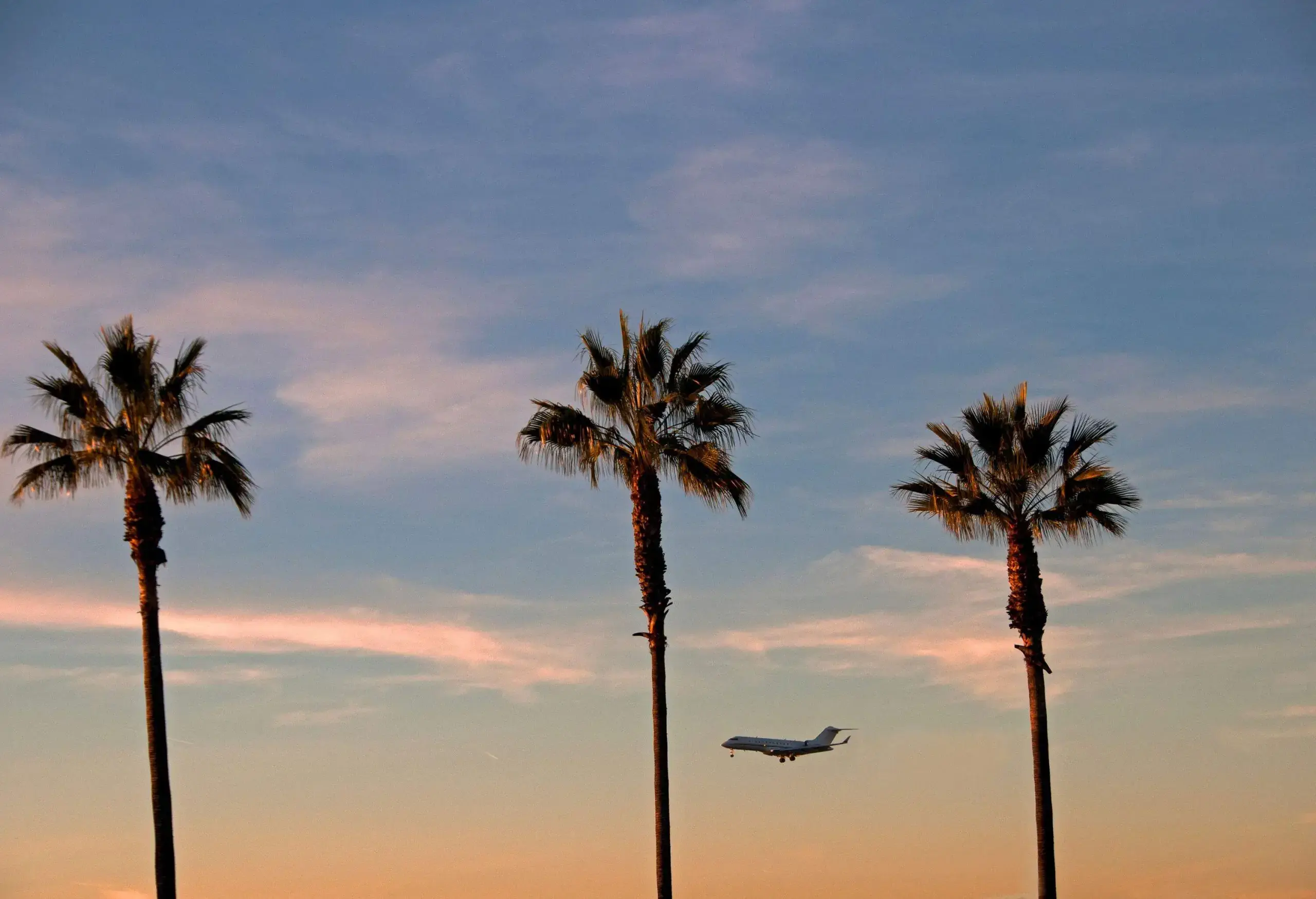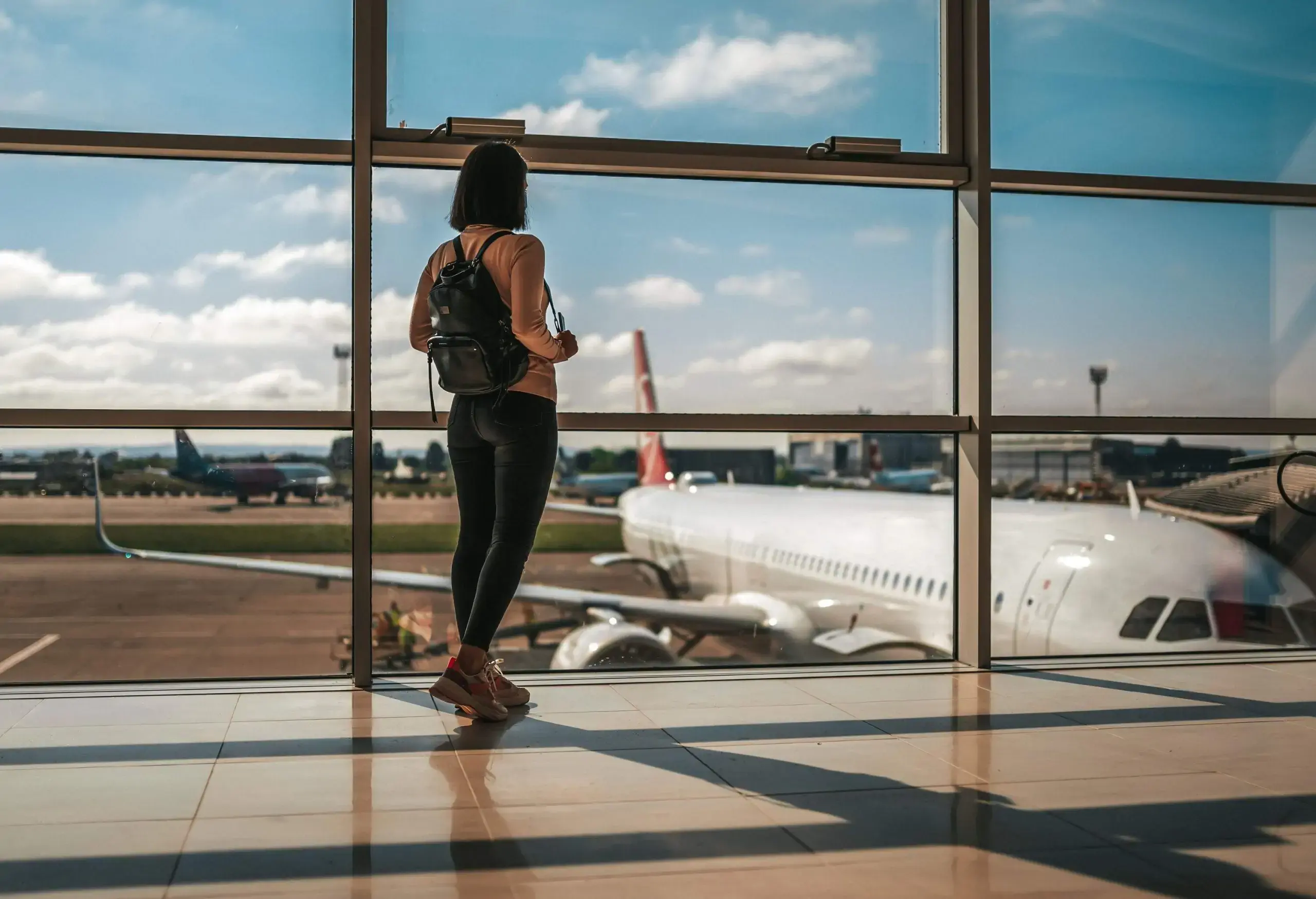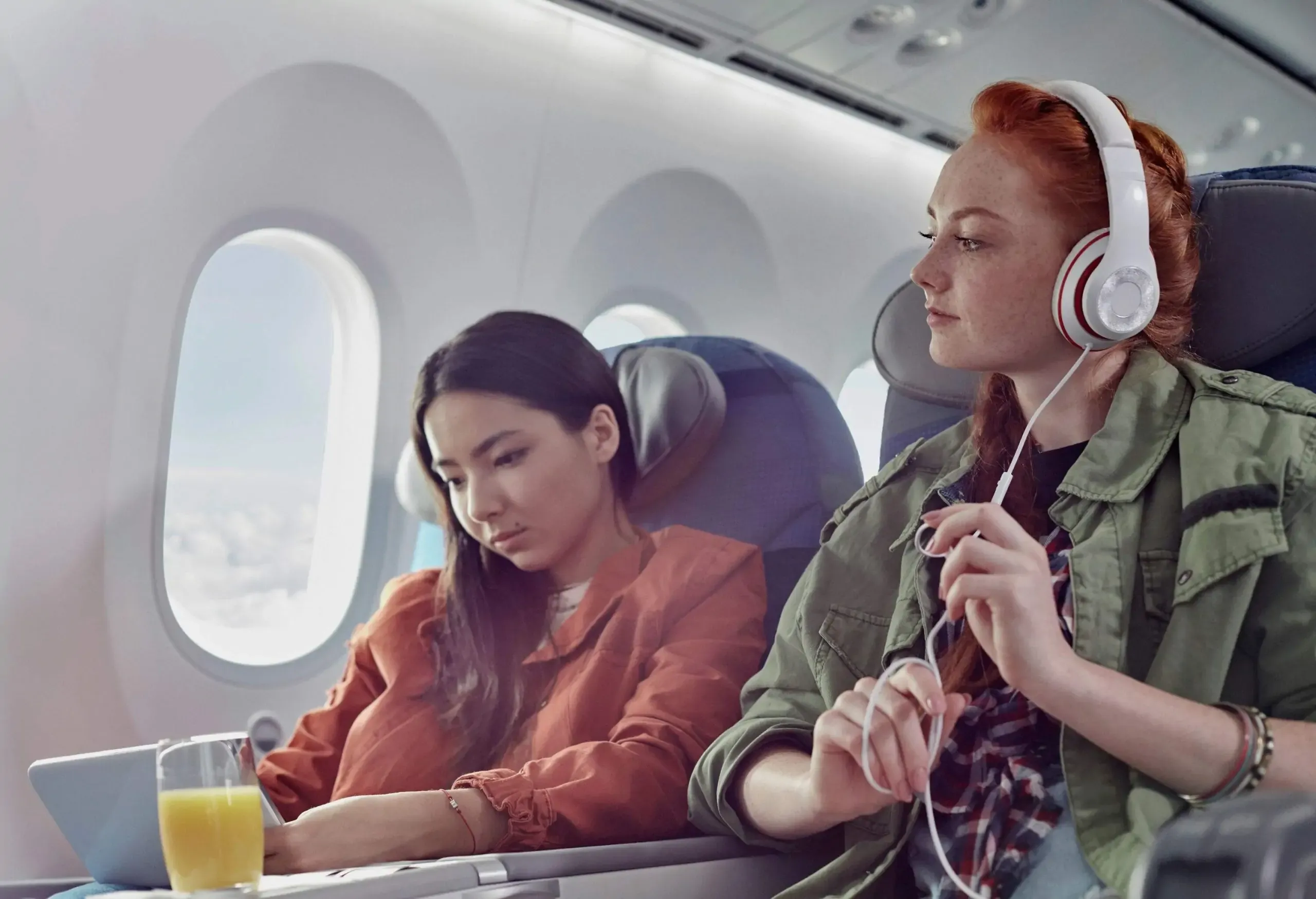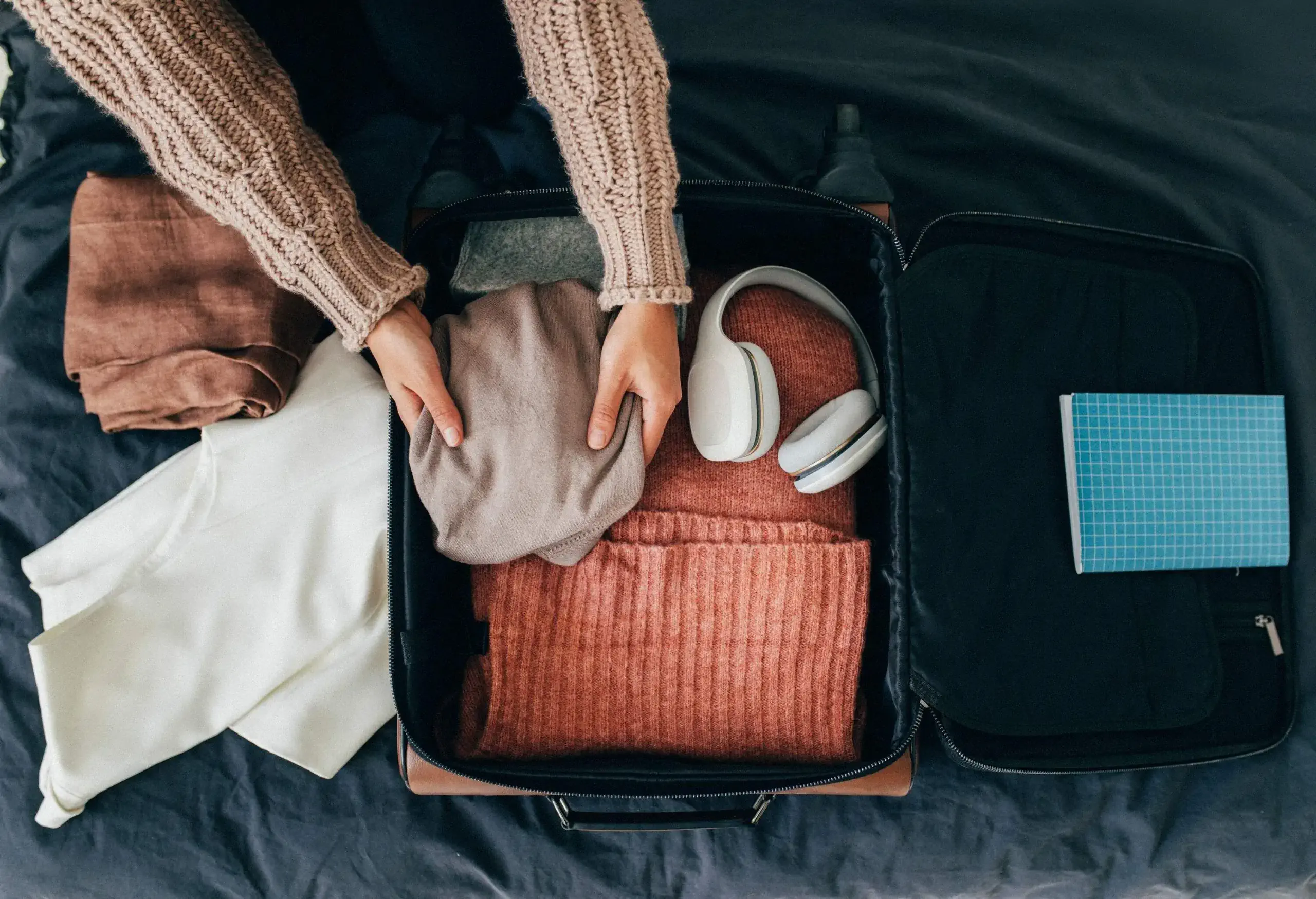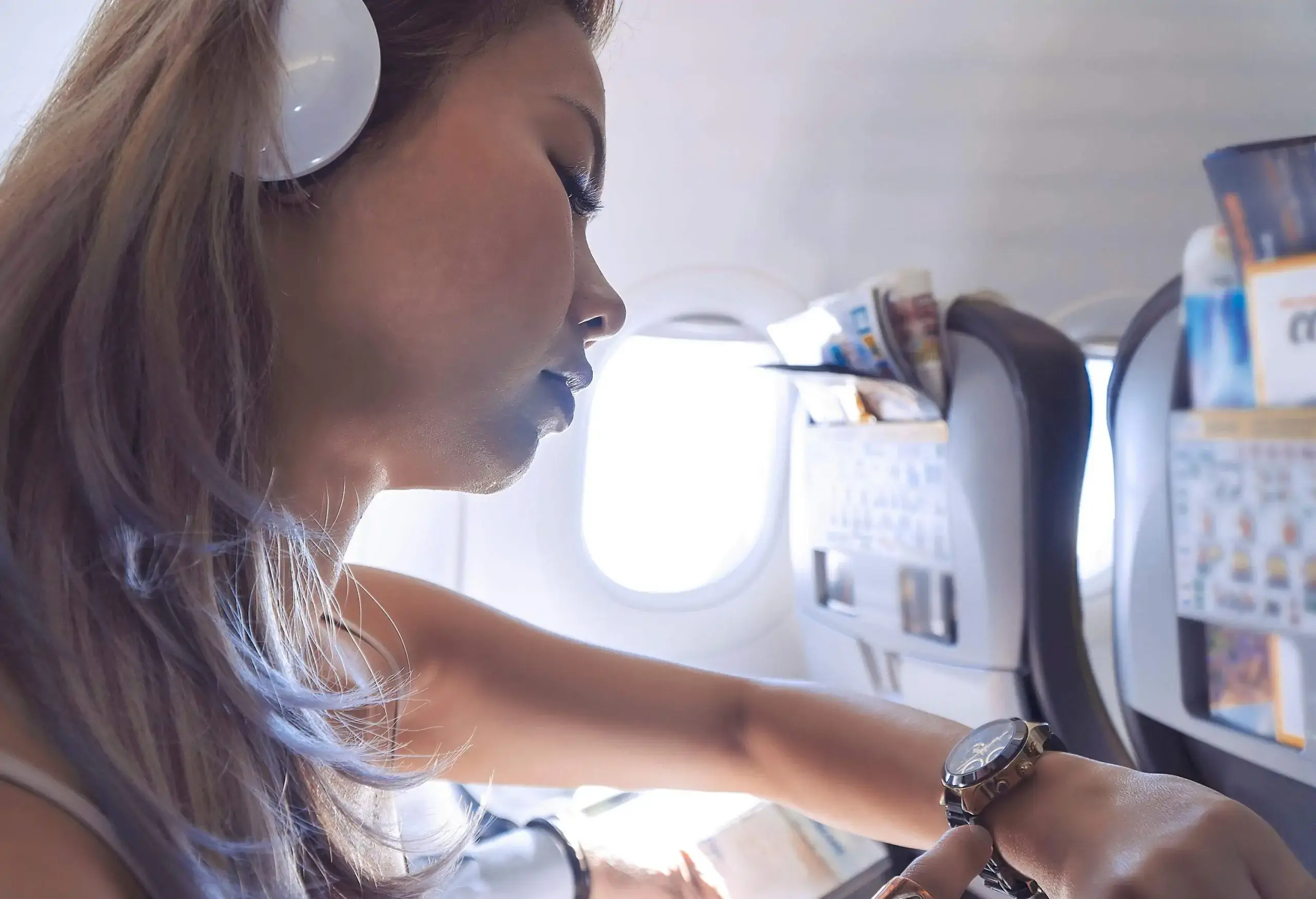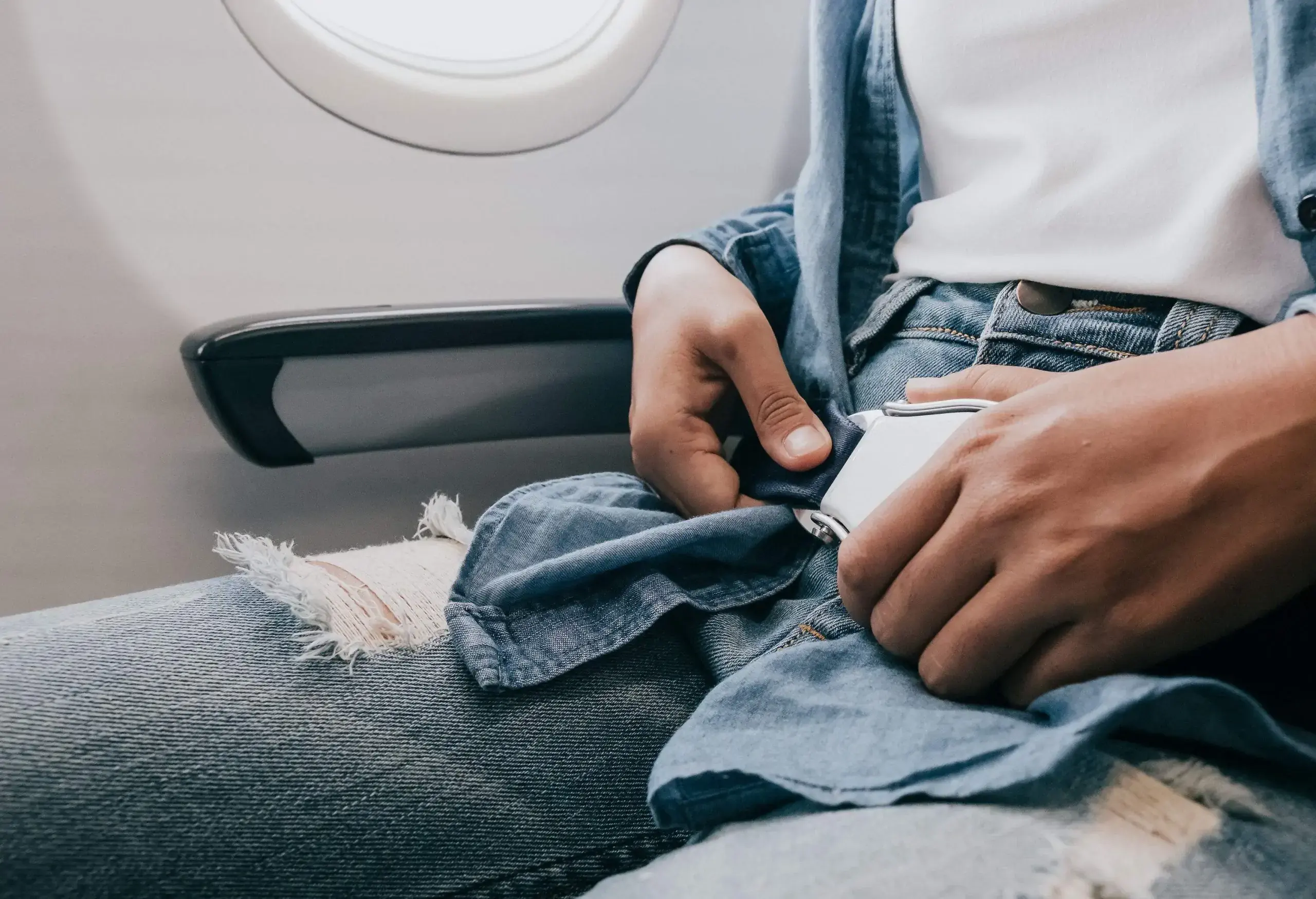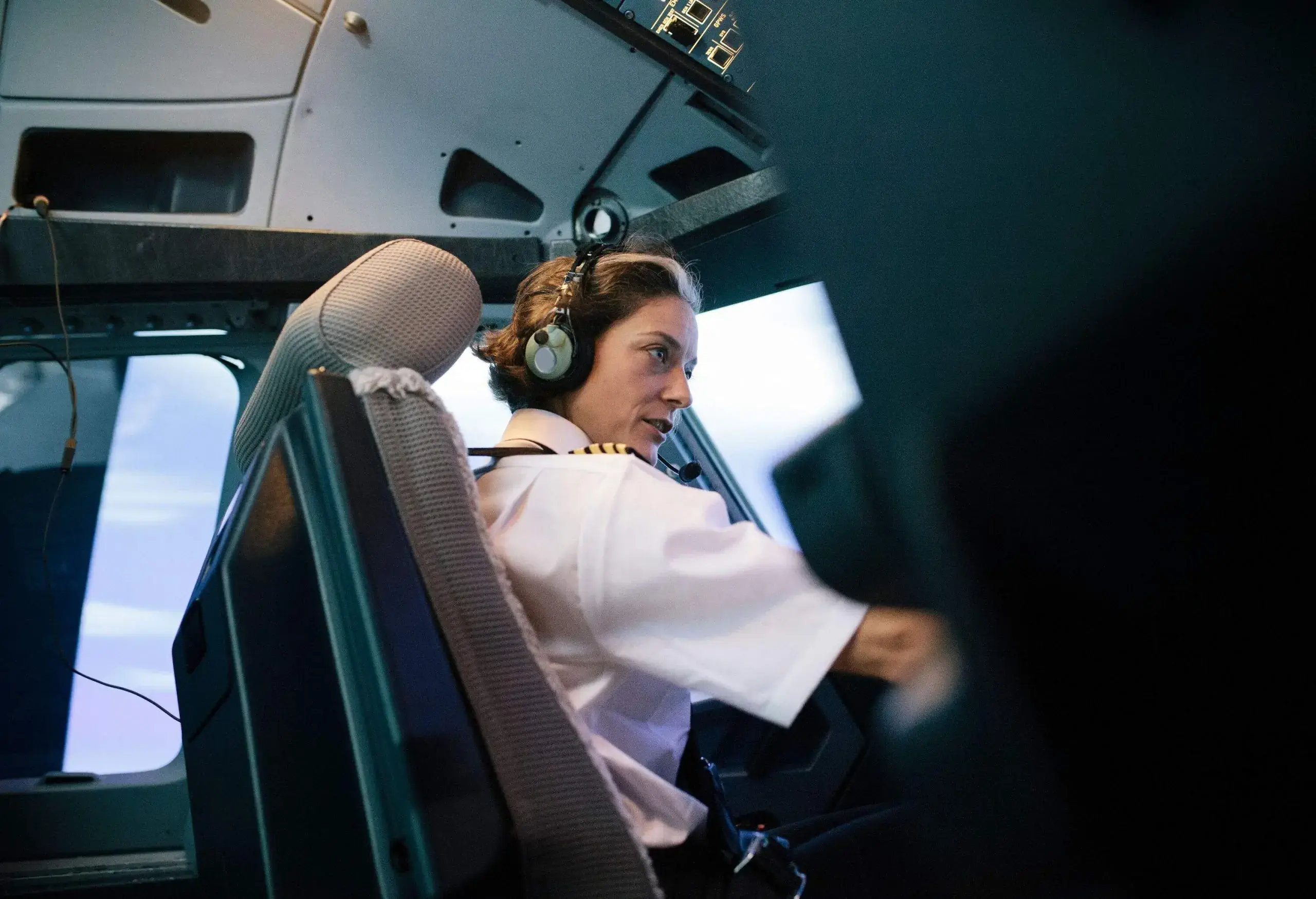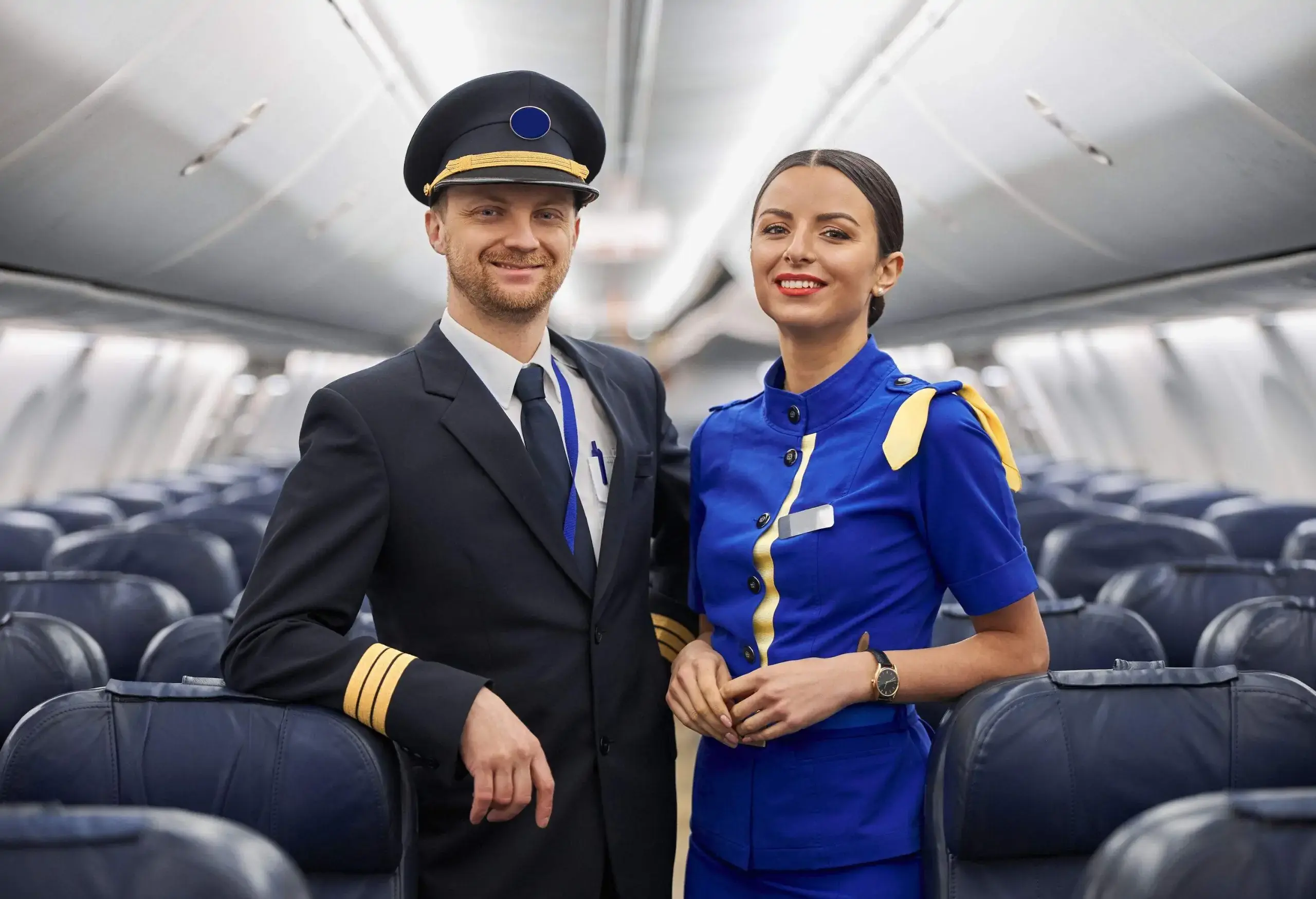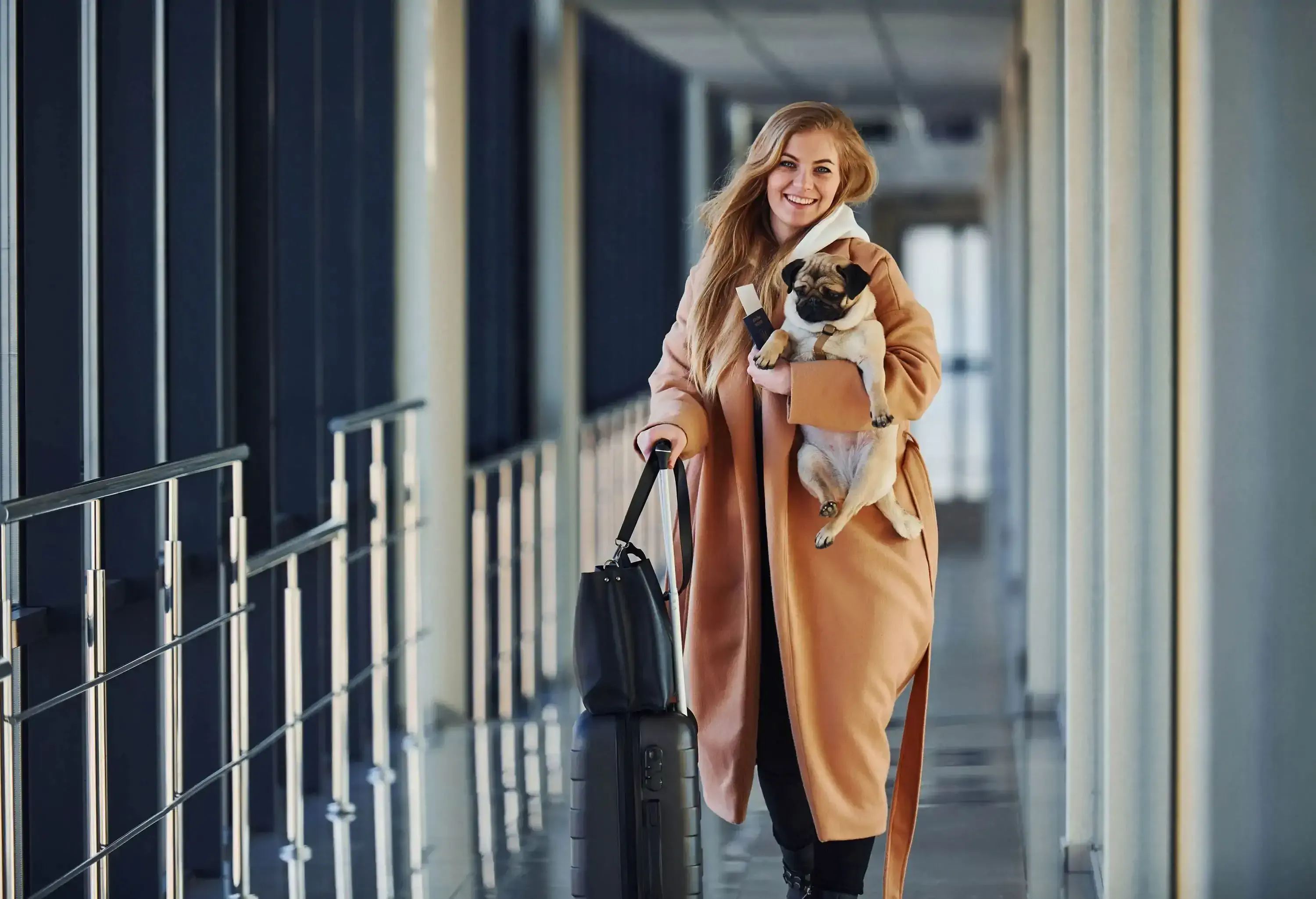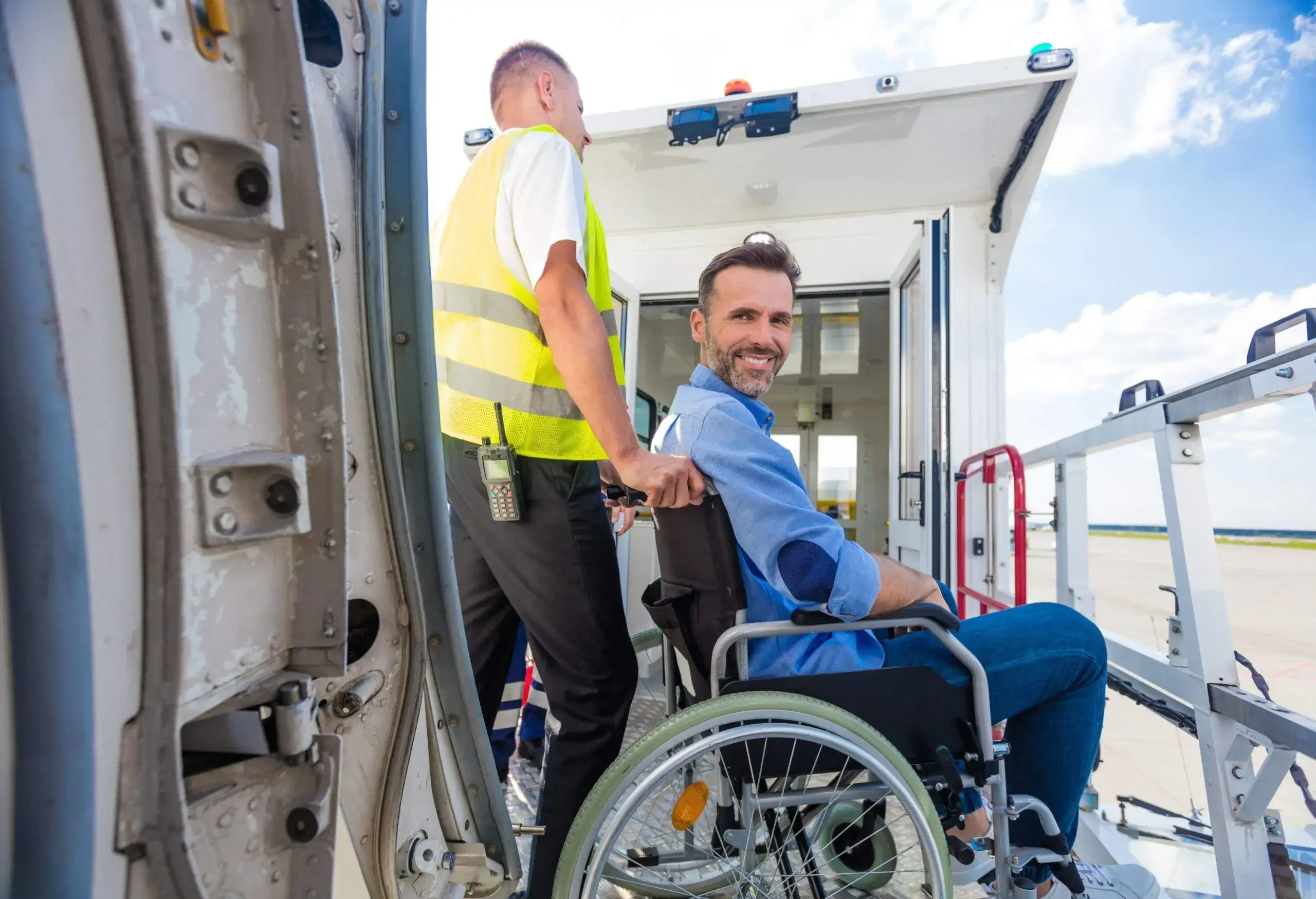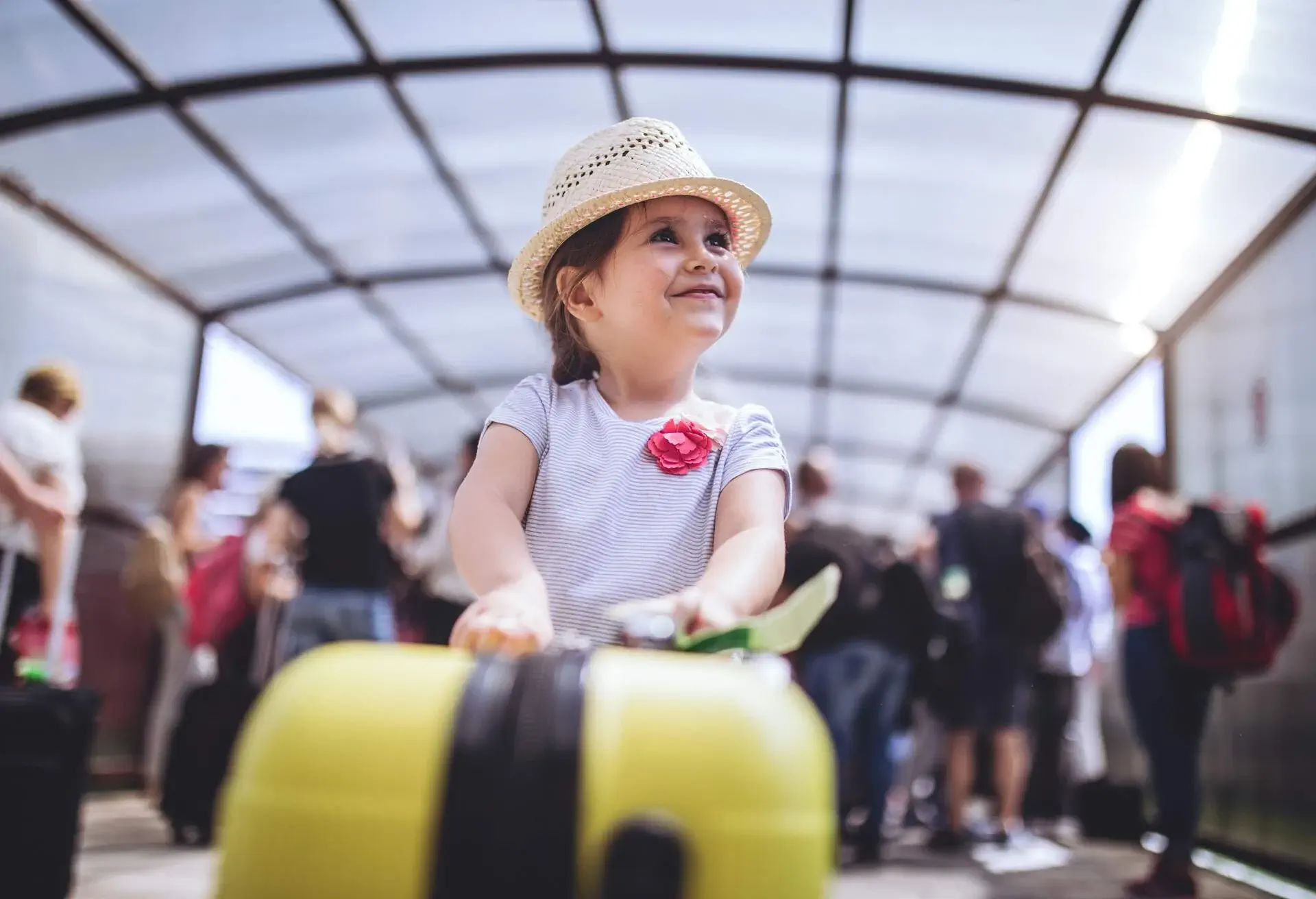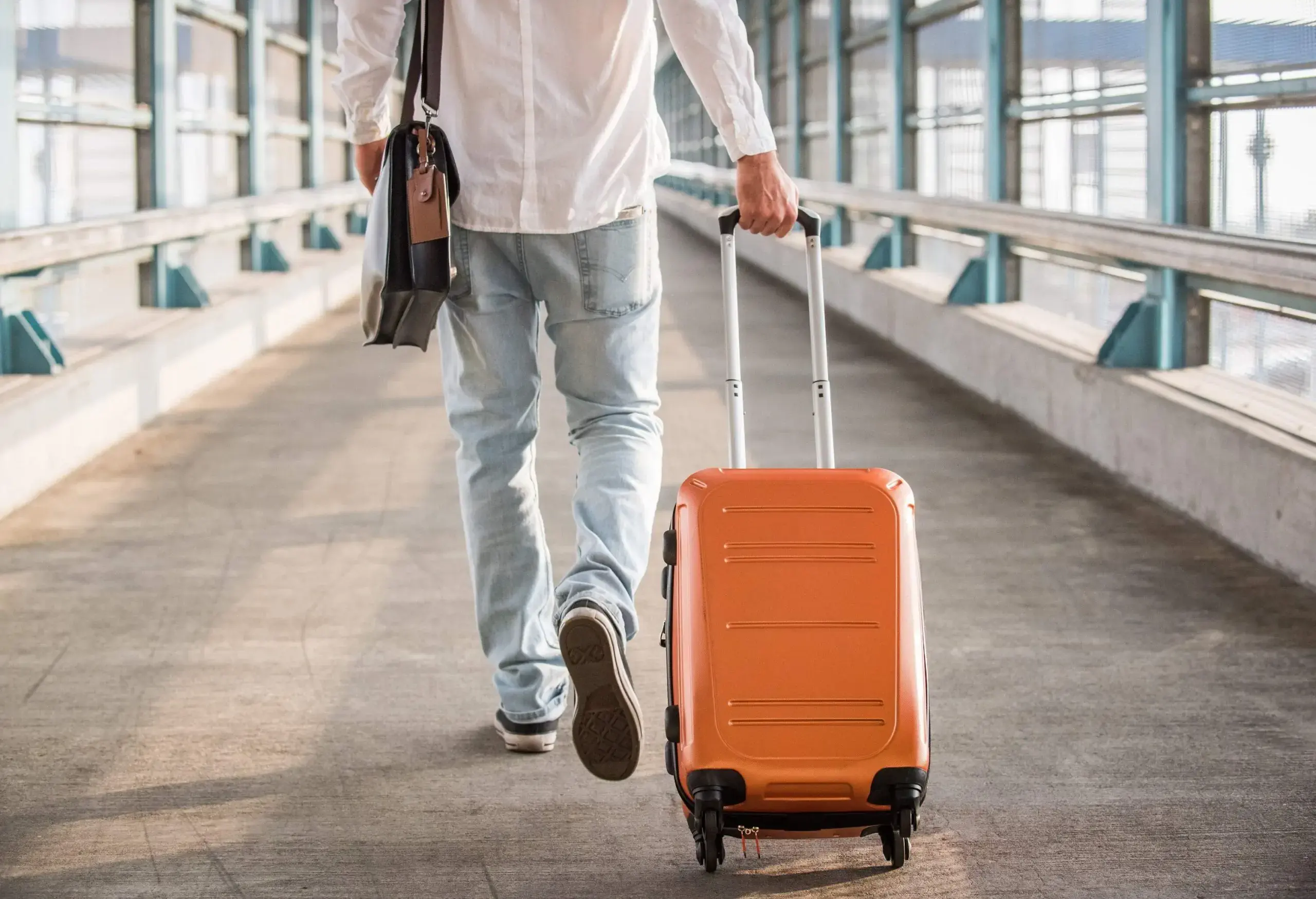Flight anxiety, also known as aviophobia, affects around a third of people. As a travel journalist, I’ve spent many years grappling with moderate flight anxiety—sweaty palms, rapid heart rate, and in some cases panic attacks and catastrophic thinking. But I didn’t want this to stop me from flying or doing my job, which is why I’ve sought out the best advice I could find.
Here, I tapped experts and asked them to share their most useful tips for coping with mild to moderate flight anxiety. Of course, if you are experiencing severe flight anxiety, seeking medical help might be the best solution.
Understanding the fear of flying
The psychological and physical symptoms of flight anxiety can be overwhelming, ranging from feelings of panic to physical discomfort. You’re not alone if you’ve ever suddenly become stressed or overcome with fear on a plane. It’s estimated that around one in three people experience some form of flight anxiety, perhaps even as many as 40%, while around 5% may have a crippling fear or clinical phobia, often referred to as aerophobia or aviophobia.
Symptoms of flight anxiety
Flight anxiety, just like other forms of anxiety, can manifest in both psychological and physical symptoms. It’s important to understand the different symptoms, as they can appear in many shapes and forms:
- Increased heart rate: This is one of the most common physical symptoms of flight anxiety. A slightly elevated heart rate is normal when flying, but if it becomes too high, it may be a sign of a more serious issue.
- Sweating: It’s normal to sweat when anxious. If you find that your sweating is becoming excessive, it may be time to seek help from a professional.
- Shortness of breath: This can occur in individuals who feel overwhelmed or stressed. Shortness of breath can make it difficult to relax and enjoy flying.
- Nausea: Nausea is especially common for people prone to motion sickness or those who get easily overwhelmed in crowded spaces, like airplanes. If you start feeling nauseous on board, try drinking some ginger ale or eating something light to settle your stomach.
- Cognitive distortion: Cognitive distortions, such as catastrophizing or black-and-white thinking, can make you feel even more anxious. These distortions often involve making negative assumptions about what could happen, such as the likelihood of a crash.
How a flying phobia can impact daily life
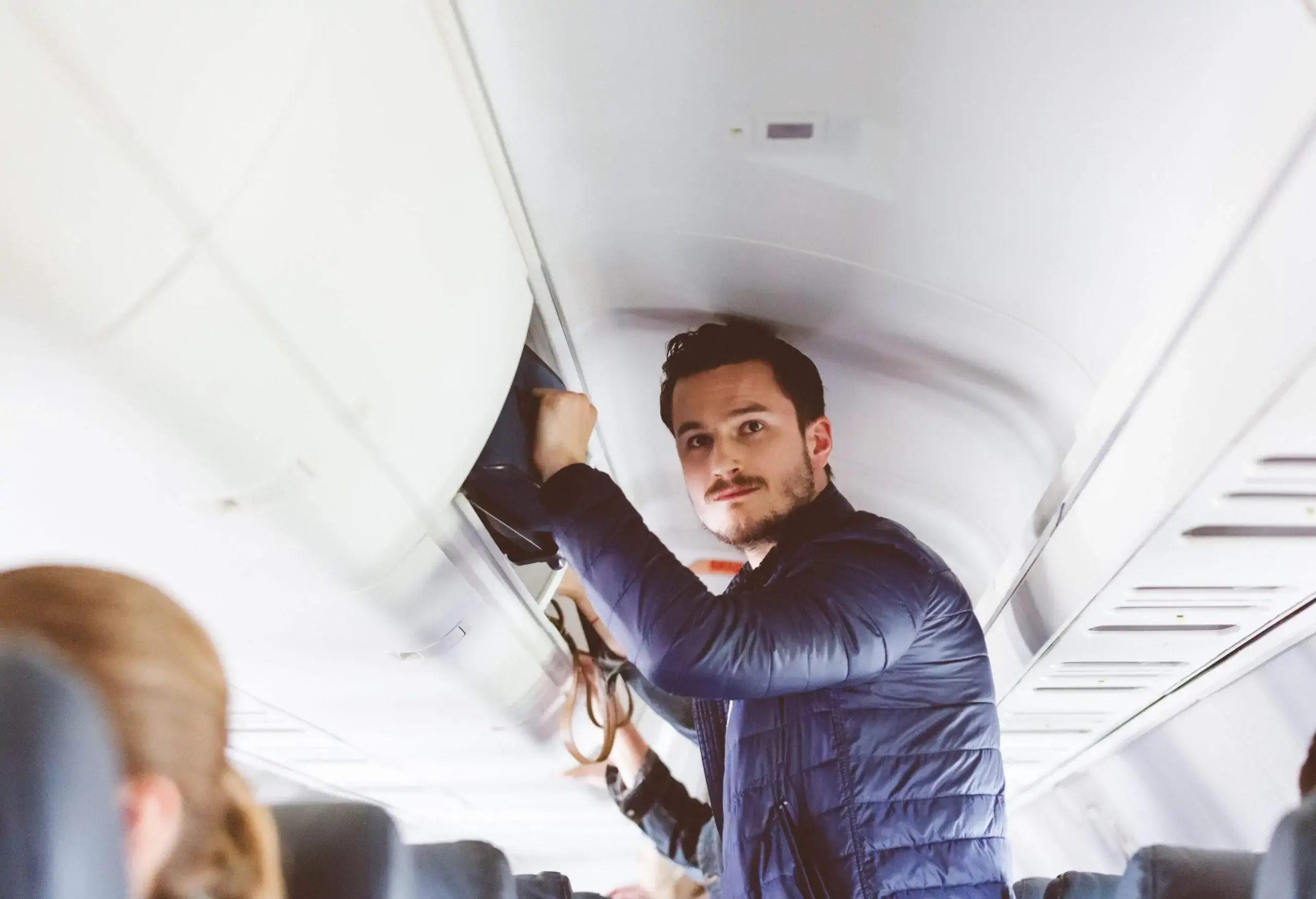
If you feel stressed out on a plane, then it’s no wonder you might skip flights or avoid flying altogether. While many of us think of time away as relaxing, for some people the fear of getting on a plane causes them to completely rethink their vacation.
Beyond the realm of holidaying, flight anxiety can also make life difficult for those who live far away from family and friends, or who need to fly for work. The impacts on daily life and overall well-being are much bigger than you might initially think. But it doesn’t have to be the end of flying. Pinpointing the root causes and engaging with the “why” of flight anxiety can help start the process of finding solutions.
Root causes of fear
Understanding the root causes is crucial to finding coping mechanisms to manage the fear of flying. The causes and triggers for flight anxiety will be different for everyone. For some it might be the lack of control, for others it could be fear of heights or crashing. Take some time for self-reflection and try to consider what might trigger this anxiety.
What can cause aviophobia?
There are several reasons why individuals may feel uncomfortable during air travel, such as turbulence or claustrophobia. Trying to identify these factors and learning strategies to overcome them can help alleviate flight anxiety and make traveling a more enjoyable experience.
Some of the most common causes of flight anxiety are:
- Fear of the unknown: Many people are afraid of flying because they don’t know what to expect when they get on the plane. They may be worried about turbulence, or about not being in control.
- Fear of crashing: One of the most frequently mentioned reasons for flight anxiety is the fear of plane crashes. Many people stress about the potential dangers of flying, especially when they feel they have little control over the situation. However, it’s important to remind yourself that plane crashes are rare. In fact, the odds of dying in a plane crash is 1 in 816,545,929, according to the Bureau of Transportation Statistics. That makes flying the safest mode of transport!
- Claustrophobia: People with claustrophobia feel uncomfortable in confined spaces and an airplane cabin is precisely the sort of place that could trigger that fear. If this is something you experience, it may help to book an aisle seat to give yourself more room or bring along items that make you feel more comfortable, such as noise-canceling headphones.
- Fear of heights: Fear of heights is another potential cause of flight anxiety. Remind yourself that planes are designed to fly safely at high altitudes, and try to focus on activities like reading or listening to music while on board, rather than looking out the window.
Expert tips to overcome fear of flying
If you’re looking to face your fear so you can get back on a plane, there are lots of things you can do before and during a flight to ease your mind and body.
Preparation for the flight
If you get anxious, preparing for a flight can seem daunting. But with the right approach, you’ll be able to board that plane with confidence. Here are some tips to ensure a smoother flight:
- Make a pre-flight plan: One of the best tips for flying is to make a pre-flight plan to ensure you feel more in control. Research the airline and plane that you will be taking, so you can get an idea of what to expect and what the rules of flying are, including how long the flight will be, when you need to arrive at the airport and what not to pack. Additionally, it can be helpful to create a list of items that you will need for the flight, such as snacks, headphones, and books.
- Pack comfort items: Packing items that will make you feel more comfortable during the flight is essential if you have anxiety about flying. Jen Lloyd of Sick Girl Travels recommends bringing noise-canceling headphones, your tablet, or a good book. “You can also consider downloading some games for your phone – it helps to have something to distract you from the flight and get your mind off your anxieties,” Lloyd told me.
- Educate yourself: Heather Poole, flight attendant and author of the book “Cruising Attitude”, recommended, when talking to me, reading up on how weather can affect the flight experience. “You can download the app MyRadar and watch the weather light up your screen: blue, green, red. Then you’ll know exactly when to expect turbulence, how bad it might get, and how long it will last.” Lloyd added: “Apps like SOAR, Skyguru, and Turbcast predict turbulence and warn you in real-time. If you like knowing what to expect and when it will pass, these apps can offer tremendous peace of mind.”
- Wear comfortable clothes: Dressing for comfort is one of the best tips for long-haul flying. Wearing comfortable clothes on your flight can help reduce stress levels and help you sleep more easily. Loose-fitting clothing made from breathable fabrics like cotton are ideal, as they will keep you cool and comfortable without feeling restrictive.
- Visualize success: Visualization is a powerful tool. Visualize yourself having a successful flight to help build confidence and ease anxiety, while also helping you focus on positive outcomes.
- Talk to a professional: If your anxiety is particularly severe, or if it is preventing you from flying, then it may be beneficial to talk to a professional. A mental health professional can provide strategies for managing your anxiety and coping with difficult situations.
Select the right seat
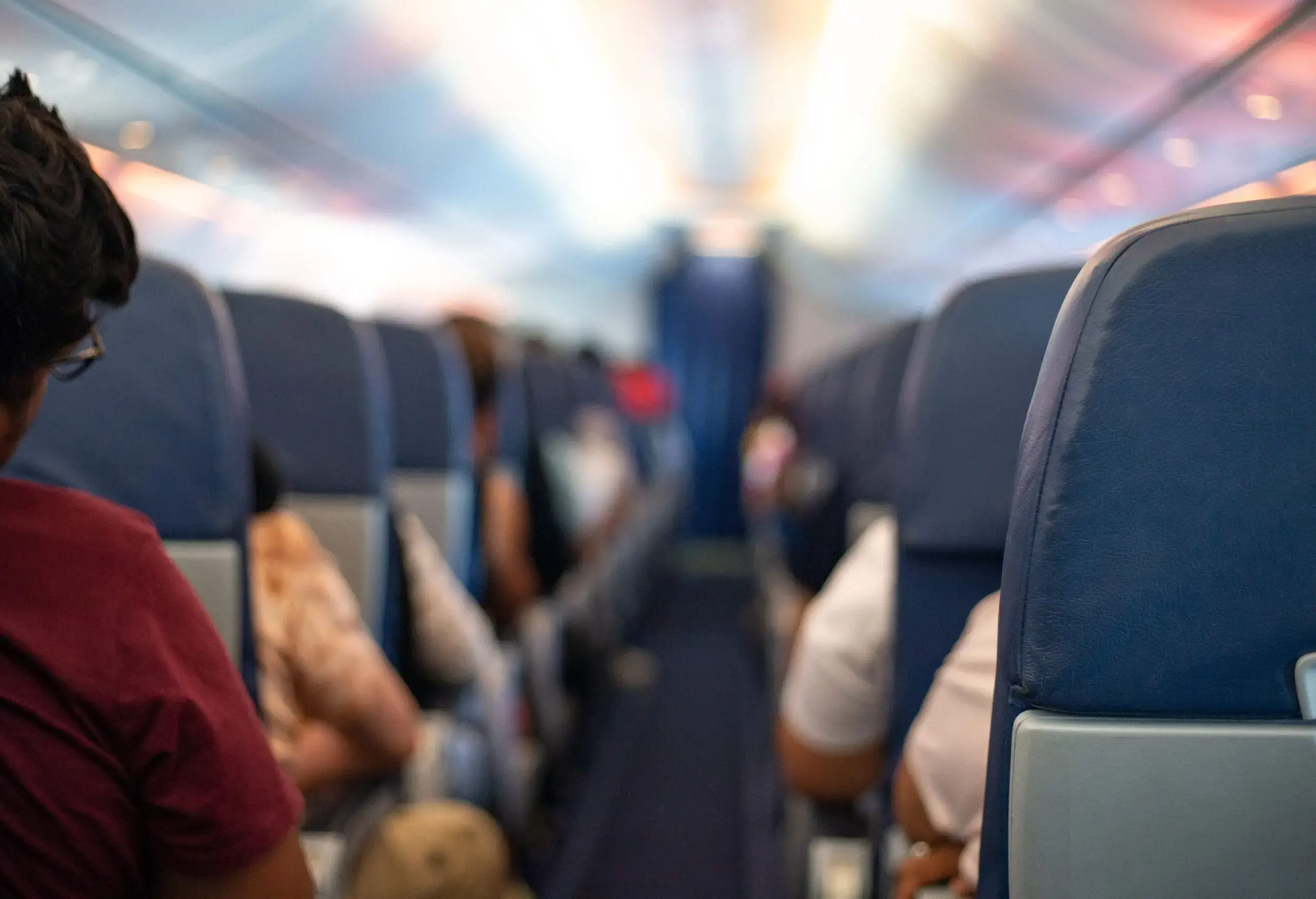
A comfortable and relaxing flight often comes down to selecting the right seat. If you book your flight well in advance, make sure you take the time to pick the best seat, so you can be as comfortable as possible:
- Aisle Seat: An aisle seat will allow you to get up and move around more easily if you start feeling anxious or overwhelmed. Having the freedom to move can also help reduce feelings of confinement and claustrophobia, and reduce any fear of heights, as you can’t easily see out of the windows.
- Bulkhead Seat: The bulkhead seat is located near the front of the plane and typically offers more legroom than other seats. Sitting in this area may help reduce feelings of confinement as you are not surrounded by other passengers, and it gives you easy access to the restroom.
Strategies for managing anxiety during flights
Even if you manage to organize yourself and keep calm before boarding, unexpected feelings of anxiety can arise during the flight. However, there are strategies you can use to manage any distress while flying.
- Positive affirmations: Affirmations are short, positive statements that can help to reframe your thoughts and feelings in a more positive light. For example, you could repeat something like, “I am safe and secure” or “I can handle this situation” throughout the flight.
- Deep breathing exercises: Slow, deep breaths activate the parasympathetic nervous system, which helps to relax the body and mind. Several recent studies have found that breathing exercises have the power to slow heart rates, reduce stress, and return rational thinking.
- Practice relaxation techniques: Reduce feelings of stress through deep breathing exercises, progressive muscle relaxation, mindfulness meditation, or visualization exercises. It can also be helpful to listen to calming music or do other activities on a plane to distract yourself from anxious thoughts or feelings.
How to handle unexpected turbulence
Turbulence causes anxiety in almost all fliers. Nobody likes the feeling of being jolted around in the middle of the air. However, it’s a very common part of flying and it doesn’t mean anything is wrong. If you feel anxious during a bad patch of turbulence, try these coping strategies:
- Stay calm and remind yourself that turbulence is a normal part of flying.
- Take deep breaths to try and calm your nervous system.
- Try talking to a friend or family member who is also on board with you, or even strike up a conversation with someone sitting nearby, if they are open to it.
- Listen to music or watch a movie to distract your mind from negative thoughts.
Building confidence in air travel
Much of what you might see about air travel in the news is negative. However, flying is one of the safest transportation options in the world. Your chance of dying while flying is far less than while driving a car, according to recent incident statistics. If statistics don’t necessarily ease your mind, then there are other ways to build confidence around air travel.
Patrick Smith, an airline pilot, host of “Ask the Pilot” and author of “Cockpit Confidential”, told me that a large number of people are afraid of flying simply because they don’t understand it. “The average passenger has a pretty limited understanding of how a plane flies and what its pilots actually do, and the degree to which certain myths are accepted as truth is disheartening.”
Take a look at history
“To understand how rare crashes are, take a look through the accident annals from the 1960s, 1970s or 1980s, when multiple disasters were the norm,” Smith says. “We don’t see that anymore. Indeed, the past two decades have been the safest in commercial aviation history, even as the number of planes has essentially doubled.”
Understanding aircraft mechanics and safety measures
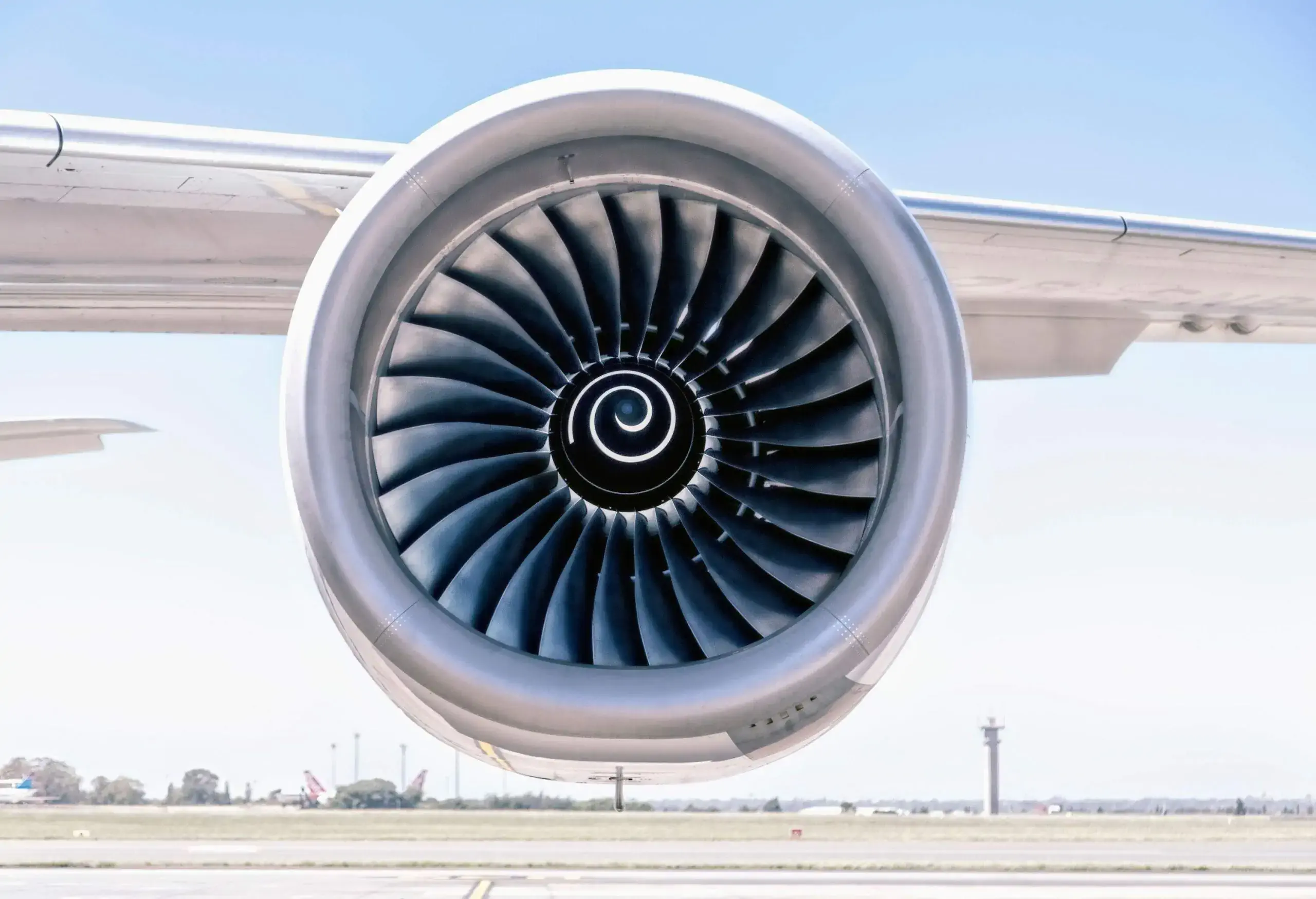
Understanding the basics of aircraft mechanics and safety measures can be a great starting point. From the materials used for building a plane to the precautions taken to ensure safety, there is a lot to learn. Take a deep dive on YouTube or airline websites and you’ll find plenty of information that will convince you that planes are safe to fly in.
Track flight paths and weather patterns
If you want to delve deeper into airplane safety in the sky, familiarize yourself with flight paths and weather patterns. By understanding how planes navigate through different weather systems and what precautions they take to stay safe, you can gain a better understanding of why certain flights may be delayed or rerouted. This knowledge can help provide reassurance that everything is being done to ensure your safety while in the air.
Interact with flight attendants and pilots
Flight attendants can also be a source of information and advice. They fly on several flights per week, making them experts in understanding different weather conditions and flight situations. If you’re a little unsure about something, ask questions about anything that is making you feel uneasy.
Wrapping up how to get over your fear of flying
Fear of flying is a common issue that affects around one in three people. While it can be difficult to overcome, with the right information and advice you can learn how to manage your anxiety and keep your mind and body at ease in the air. From understanding your triggers to taking precautions to minimize their impact, these tips and strategies can help you find peace in flight.
But don’t be afraid to reach out for additional support or therapy if needed. If you want to learn more about flying and get other expert tips on air-travel, check out KAYAK’s flight guide.

